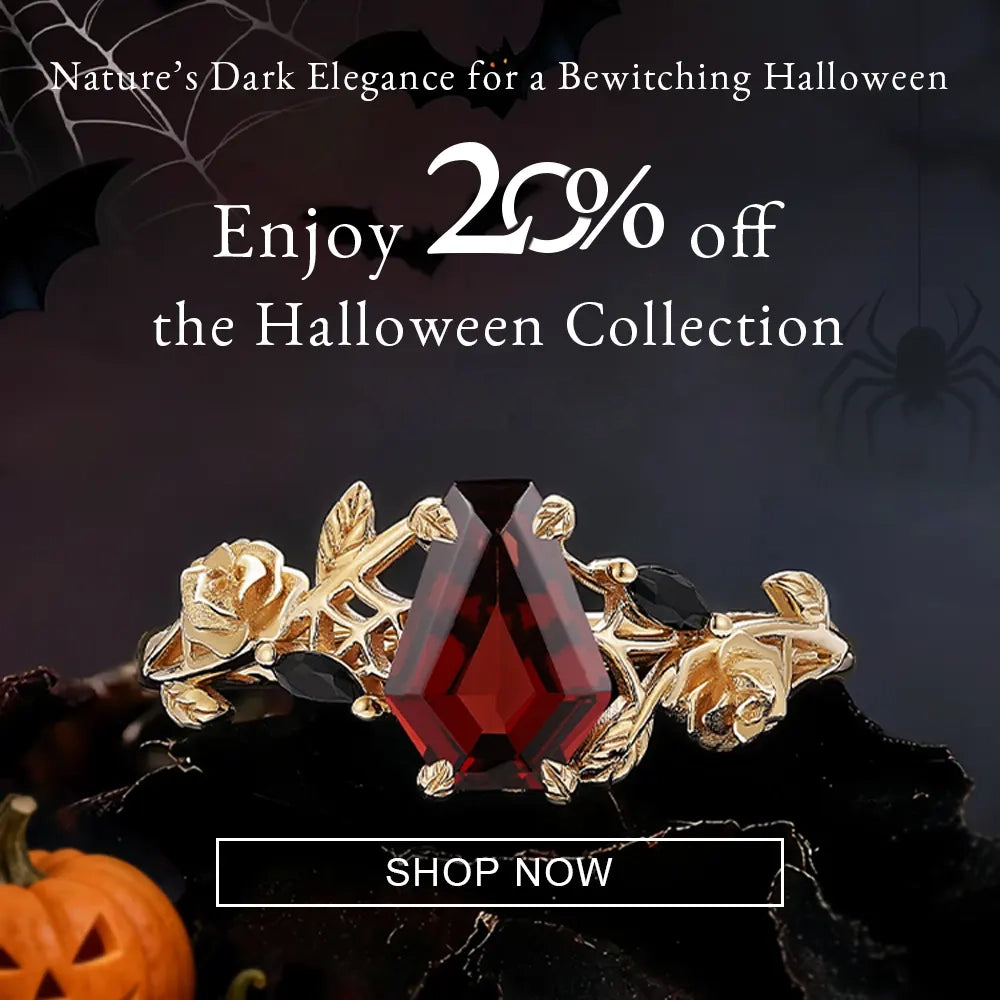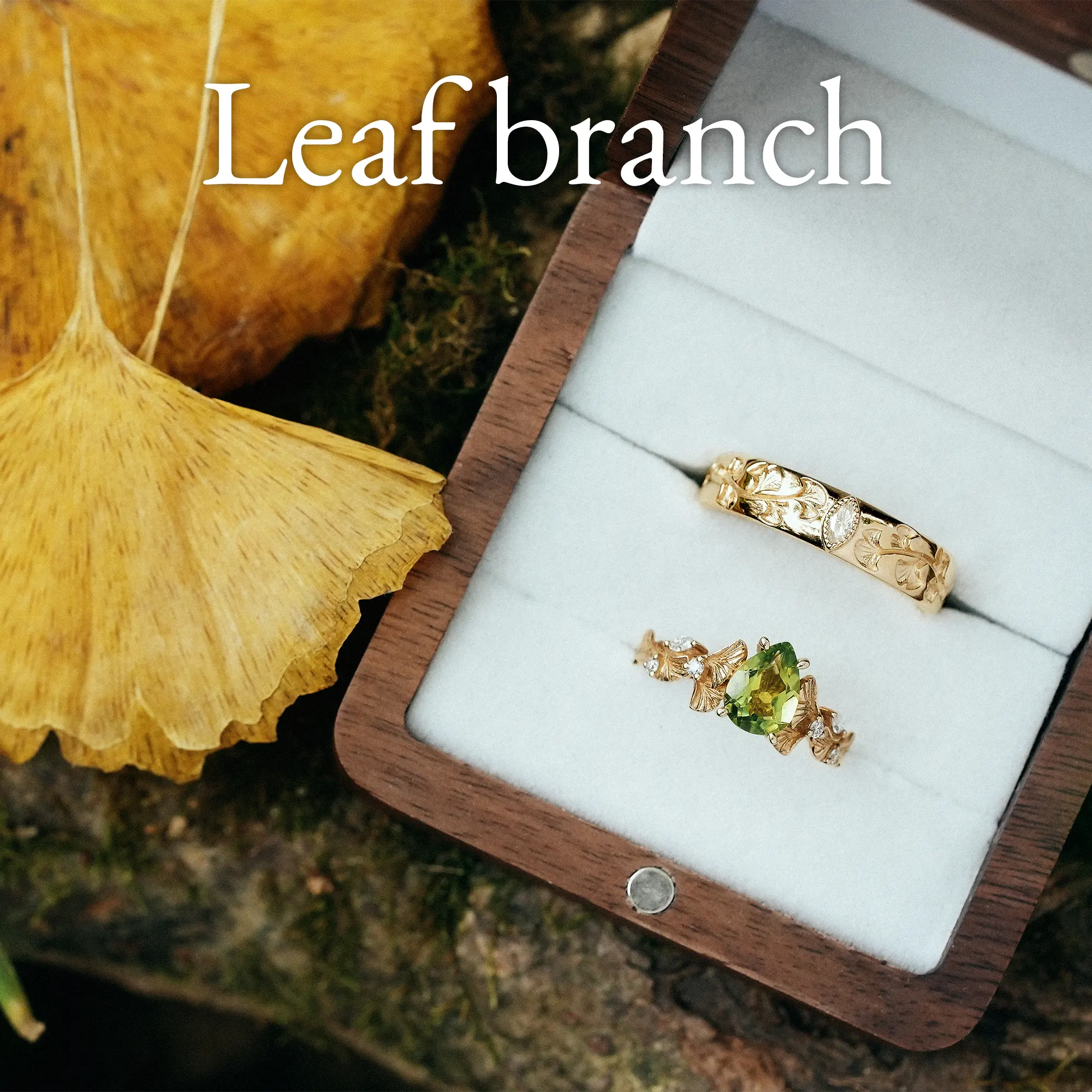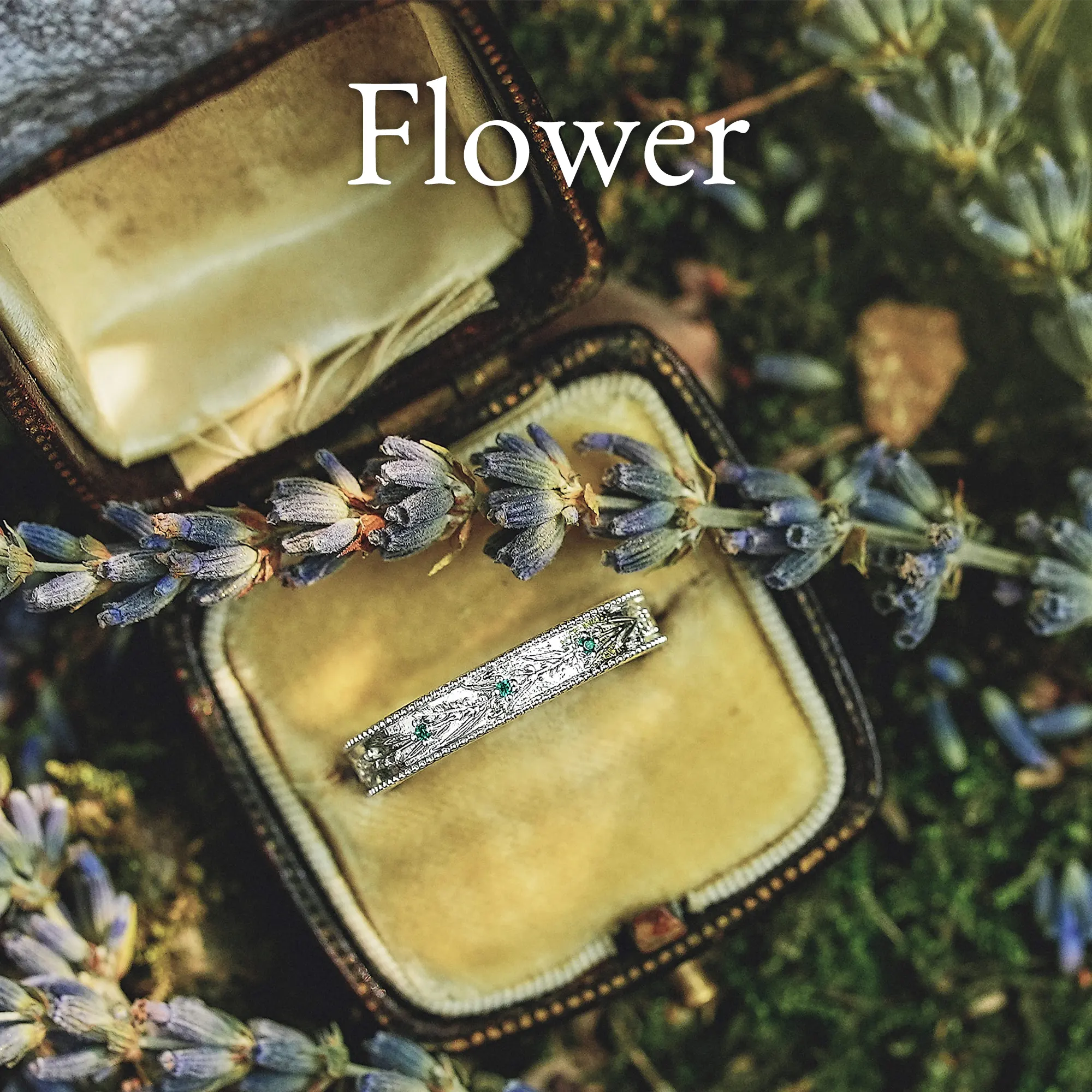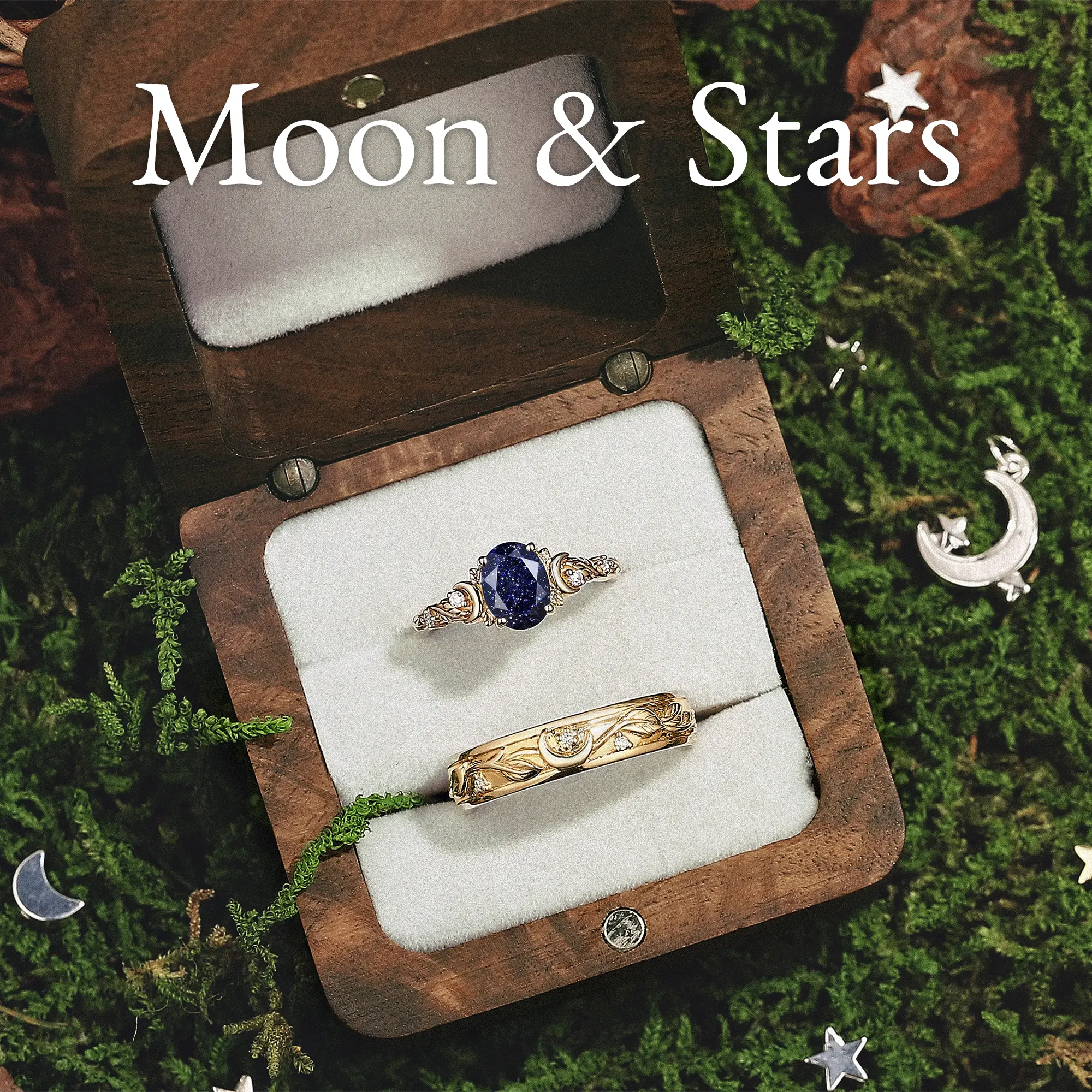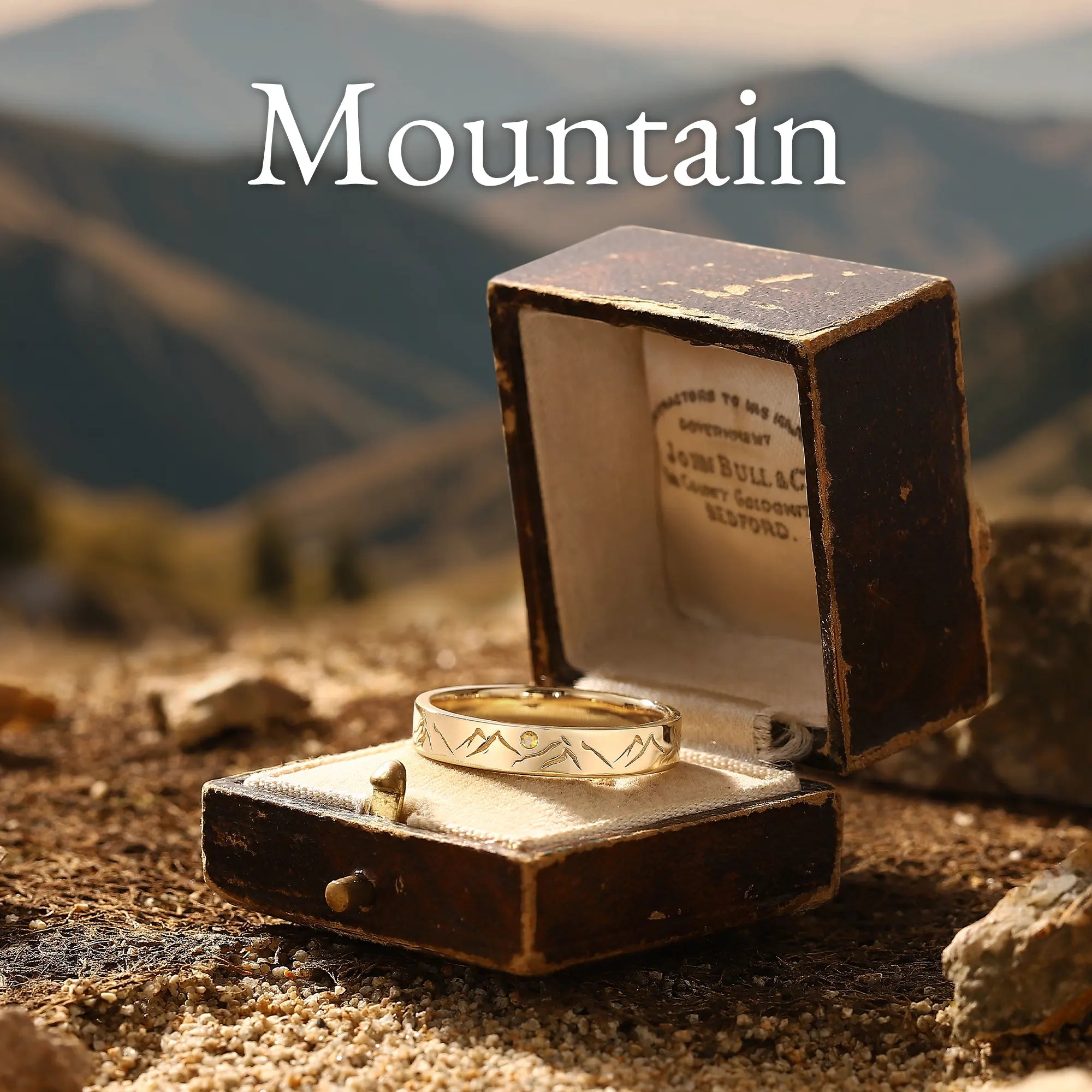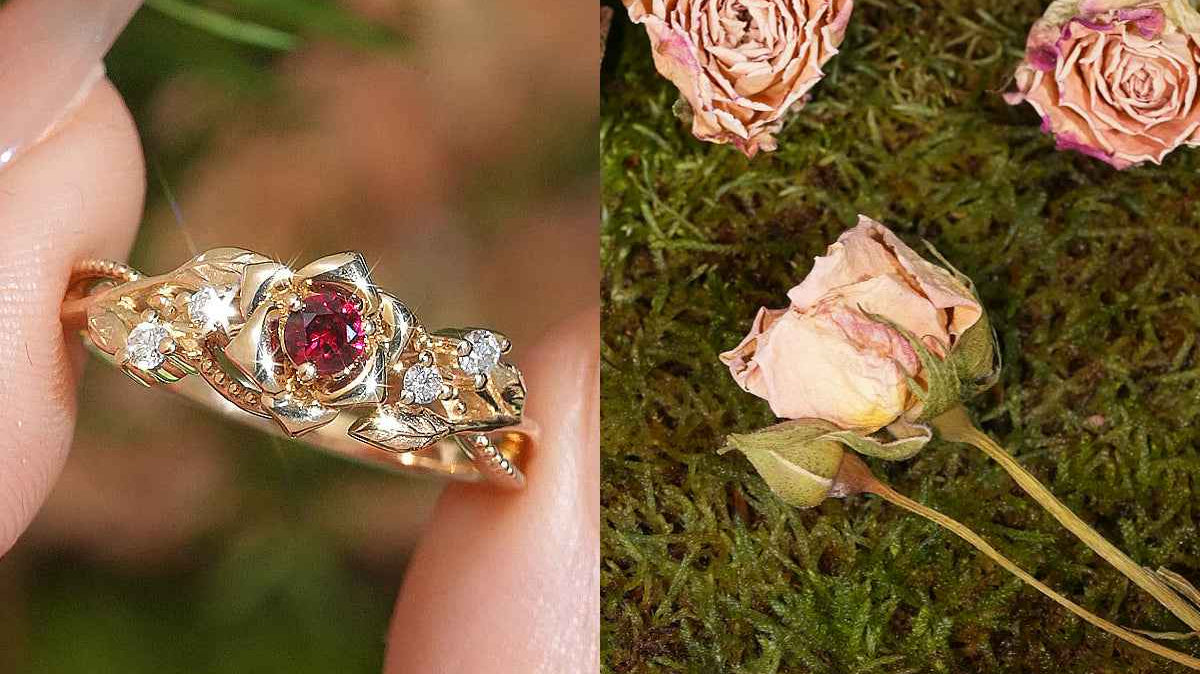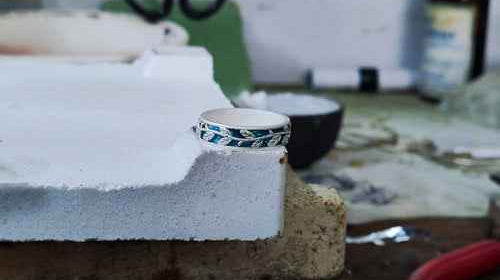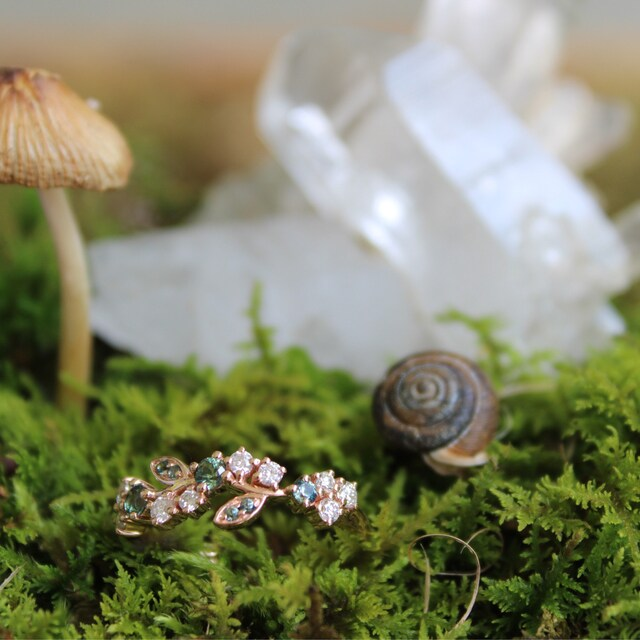Alexandrite is a highly recognizable gemstone in the jewelry world. It's renowned for its rare "color-changing effect": it appears green or bluish-green under natural light, but shifts to purplish-red or burgundy under warm light or candlelight. This remarkable optical shift has given alexandrite rings both scientific fascination and artistic value, making them ideal for both collectors and wearers.
What is alexandrite?
Alexandrite is a rare variety of chrysoberyl, first discovered in the Ural Mountains of Russia in the 19th century. Its unique color-changing properties are due to trace amounts of chromium (Cr): as the lighting environment changes, the chromium ions absorb different wavelengths of light, causing the gemstone to exhibit completely different colors in daylight and warm light.
This "photochromic" phenomenon is extremely rare in nature. High-quality natural alexandrite is produced on a very small scale in only a few regions, such as Sri Lanka, Brazil, and Zimbabwe, and therefore often commands a higher price than diamonds of the same carat.
In recent years, laboratory-grown alexandrite has become a new choice. Its composition and structure are nearly identical to natural gemstones, and it exhibits the same color-changing properties, but it's more affordable, and the color change is generally more pronounced and stable, making it increasingly popular among younger consumers.
Alexandrite's Color-Changing Properties
Alexandrite's most significant characteristic is its ability to change color with light, a crucial property for both selection and wearing. Under natural light or sunlight, Alexandrite typically appears green, bluish-green, or yellow-green. Under room light, candlelight, or warm lighting, however, its color shifts to purplish-red, burgundy, or brownish-red. This phenomenon, known as photochromism, is caused by trace amounts of chromium within the gemstone absorbing different wavelengths of light.
The intensity of the color shift varies depending on the gemstone's origin, chromium content, and cut. High-quality Alexandrite exhibits a distinct color shift, creating strong contrast and a striking visual effect. Low-quality Alexandrite or some laboratory-grown varieties exhibit less pronounced color shift, or even virtually no difference under different light sources. Therefore, when selecting an Alexandrite ring, it's recommended to observe the gemstone's color under both natural and warm light to ensure the color shift is pronounced. Generally, the more pronounced the color shift, the higher the gem's value.
Why are alexandrite rings so popular?
Alexandrite is highly prized not only for its rarity but also for its dynamic visual experience: the gemstone's color changes with the ambient light, creating a sense of "life."
1. Its Unique Color-Changing Charm
Each piece of alexandrite exhibits a unique range and depth of color change, often shifting from bluish-green to purplish-red or burgundy, or even exhibiting intermediate tones under specific lighting sources. This unrepeatable variation makes each piece of alexandrite unique and collectible.
2. A Symbol of Balance and Wisdom
Alexandrite, with its combination of both cool and warm tones, is believed to represent the balance between reason and emotion, symbolizing the ability to maintain one's identity amidst change. Therefore, it is viewed by many as a symbol of wisdom, growth, and adaptability.
3. A Unique Choice for Engagement and Anniversary Rings
Its "day-to-night color change" symbolizes the multifaceted and enduring nature of love, and is viewed by younger generations as a romantic alternative to traditional diamonds. Alexandrite rings are increasingly common in weddings and anniversary celebrations, and are often given as gifts to mark significant transitions or new phases.

What are the most popular types of alexandrite rings?
With the growing demand for personalized jewelry, alexandrite ring designs are becoming more diverse. Different styles offer unique characteristics in structure, light perception, and wearing experience, suiting different wearing occasions and aesthetic preferences.
1. Solitaire Ring
The most classic design features a medium to large alexandrite as the center stone, highlighting its color-shifting properties. The band lines are typically simple, highlighting the gemstone itself. This type of ring is often chosen as an engagement ring or anniversary gift, symbolizing the ever-changing and enduring nature of love.
2. Cluster or Bezel Setting
By surrounding the center stone with moissanite, diamonds, or white sapphires, light is more concentrated on the alexandrite surface, enhancing the color-shifting effect. Bezel settings also provide added stability, making them suitable for everyday wear.
3. Stacking and Combination Rings
Combined into two or more rings, these rings can be worn individually or stacked. LCCjewelry often incorporates natural lines, such as leaves or branches, into these designs, allowing the center stone to play with the metal details under the light. Stacking rings offer both creative expression and ease of coordination with other rings.
4. Retro and Floral Styles
Recently, retro styles have seen a resurgence, with floral and vine-shaped settings becoming popular. These styles offer a more three-dimensional effect through the metal structure, making them suitable for those who appreciate design and want to express their unique personality in everyday wear.
Example: Alexandrite Tulip Engagement Ring

Style Selection Recommendations
For those with slender hands: Solitaires or slim bands are suitable, as they can elongate the finger.
For those who wear frequently: Cluster or bezel settings offer greater stability, reducing the risk of friction and damage.
For those who prefer a creative or stacking style: Stacking and combining rings allows for flexible combinations and expresses individuality.
For those who prefer a retro or opulent style: Floral or vine-shaped rings highlight both the design and the color-shifting properties of alexandrite.
The above style and selection recommendations will help you choose the right alexandrite ring for your hand shape, wearing occasions, and personal preferences.
How to Choose a High-Quality Alexandrite Ring
When purchasing an alexandrite ring, consider the following key factors:
Color Change Noticeability: High-quality alexandrite exhibits strong color contrast under natural and warm light.
Clarity and Cut: A good cut enhances brilliance and color change, concealing minor inclusions.
Light Source Testing: Observe color changes under different lighting conditions, not just display lighting.
Certificate and Source: Natural alexandrite is expensive, so it's recommended to choose a brand that comes with a reputable testing certificate, such as LCCjewelry.
Conclusion
The allure of an alexandrite ring lies in its rarity, color-changing properties, and symbolic meaning. It is both a collector's item of scientific and aesthetic beauty and an ideal choice for a modern engagement or anniversary ring.
LCCjewelry's alexandrite rings draw inspiration from natural elements. The design features leaves, petals, and a streamlined band, highlighting the gem's gradations of light and shadow. This allows the wearer to experience the gem's vibrant color shifts while also providing a comfortable, unique wearing experience.Whether natural or laboratory-grown, alexandrite rings add unique value to your jewelry collection or for everyday wear.

